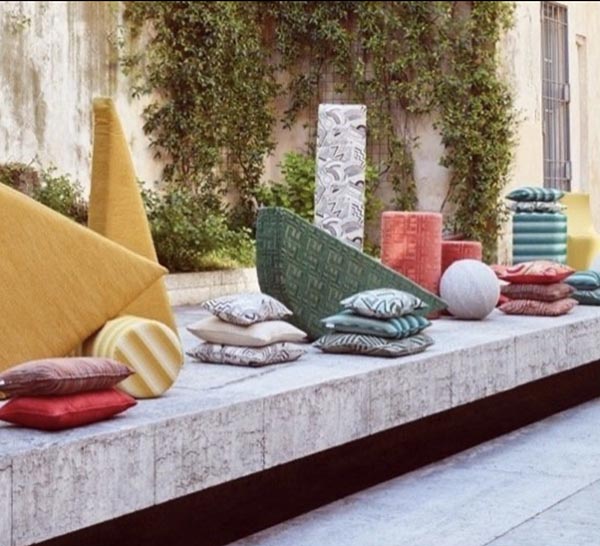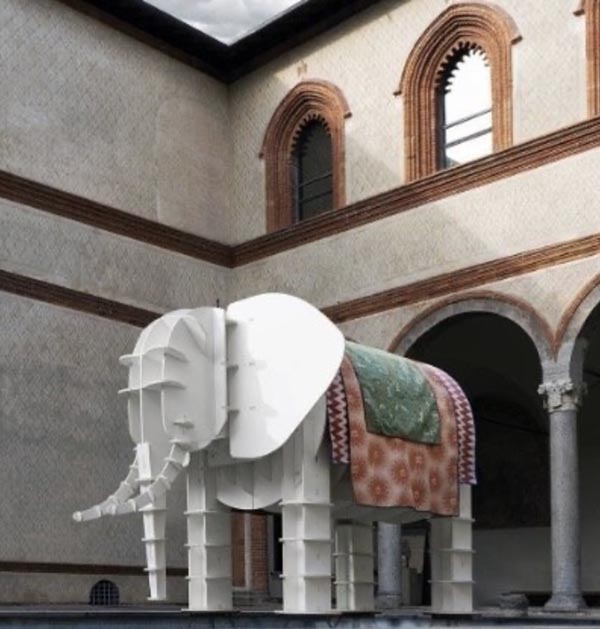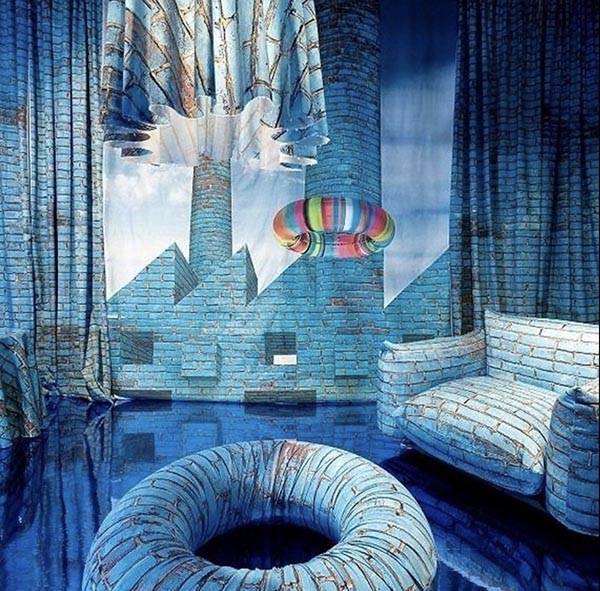
(Image courtesy of PIXEL to PARCEL)
(Article originally published at PIXEL to PARCEL; reproduced with permission)
Milan design week once again delivered an unforgettable experience.
Paris, London, and Milan are undeniably meccas for the fashion industry’s cohort, with seasonal shows being firmly fixed in the calendar for spring, summer and autumn. As cosmopolitan European cities, they also provide an essential network of events and trade hubs for the interior décor community, and as such provide an early showcase for emerging trends in the marketplace.
The final (and much-anticipated) event of the spring is held in Milan. Milan Design Week is a must-attend event for the creative Industry on an impressive scale. With seemingly infinite budgets, multiple industries converge on Milan to celebrate design and creativity in the physical form. This isn’t a hybrid experience; this is an immersive playground for the industry and offers a wide and varied catalog of stimulating experiences and product showcases.
In this article, I’ll offer some of the highlights and the key takeaways.
Designers Are Back at the Helm
Creative energy is present, palpable, and heralds a resurgence of design, with a key twist. Design statements are powerful, bold even, and focused on sustainability. It’s clear that the creative must undertake a new responsibility with an energized, environmental voice.
Liberty London launched the FuturLiberty collection at Milan Design Week 2023. In anticipation of its 150th anniversary, the new Interiors and Fashion collection marks the milestone.
Liberty invited esteemed couturier and interior designer Federico Forquet to collaborate on the creation. The collection began with Forquet issuing a challenge to the Liberty Designers: experiment and develop Liberty’s archetypal Arts and Crafts designs.

(Image courtesy of Liberty London.)
Circular Environmental Design Begins with the Creative
It’s clear that creativity is empowered by a new vision of success—powerful product—designed to be both circular and strategic. The void between design and production is closing; to design and manufacture sustainably, we need to transfer knowledge in all directions across the supply chain and at all tiers.
Presented by BYBORRE, “The Elephant in The Room” event at MDW offered a forum for discussion and opinion focused on the future of textile creation. BYBORRE invited visitors to explore the works of heroes shaping the future of the textile supply chain and listen to the stories of the trailblazers behind the change. It was an event that promised and delivered a powerful agenda for change.

(Image courtesy of BYBORRE.)
Investment in Collaborative Partnerships
An interesting collaboration at MDW brought the fashion industry and the interior industry together to utilize waste, decorating an entire aircraft with denim offcuts. G-Star Raw offered a powerful visual statement of waste (textiles and carbon) to provoke change. “More or Less” featured a recycled denim plane and furniture by Dutch Designer Maarten Baas in a Milanese church.

(Image courtesy of G-Star Raw.)
Can the industry change?
The décor industry is wired with a different circuit than fashion. It has a slower pace and has always (historically) been more transparent. The industry has begun to question and rewire the traditional sourcing footprint and is making every effort to improve clarity and to adopt sustainable processes. Stakeholders are collaborating and investing in strategic partnerships to deliver trust, transparency, and traceability.
How can we collectively make a real and positive impact?
Choosing responsible materials and production technologies is critical, as is collaboration across the supply chain. One such design and technology partnership stood out in Milan, with a powerful statement:
Kornit Digital X Markus Benesch X Laboratori Urbano
Conceived by Markus Benesch, the MDW showcase featured an interior decoration collaboration with D-house Laboratorio Urbano in a two-room exhibition highlighting the infinite possibilities that digital technologies can offer the décor industry. This imaginative exhibit offered visitors an experience of a world inspired by the paintings of De Chirico, Carlo Carra, and Matisse.

(Image courtesy of Kornit Digital.)
Milan Design Week Once Again Delivered an Unforgettable Experience.
This year’s event celebrated design and utilized art to provoke conversation and stimulate change. There’s a new, palpable energy on the interior circuit as it returns to full throttle post-pandemic. It’s a collaborative energy and a force for good. Regardless of industry sector, luxury or mass market, sustainability, circularity, and responsible sourcing are finally mainstream.















Discussion
Only verified members can comment.